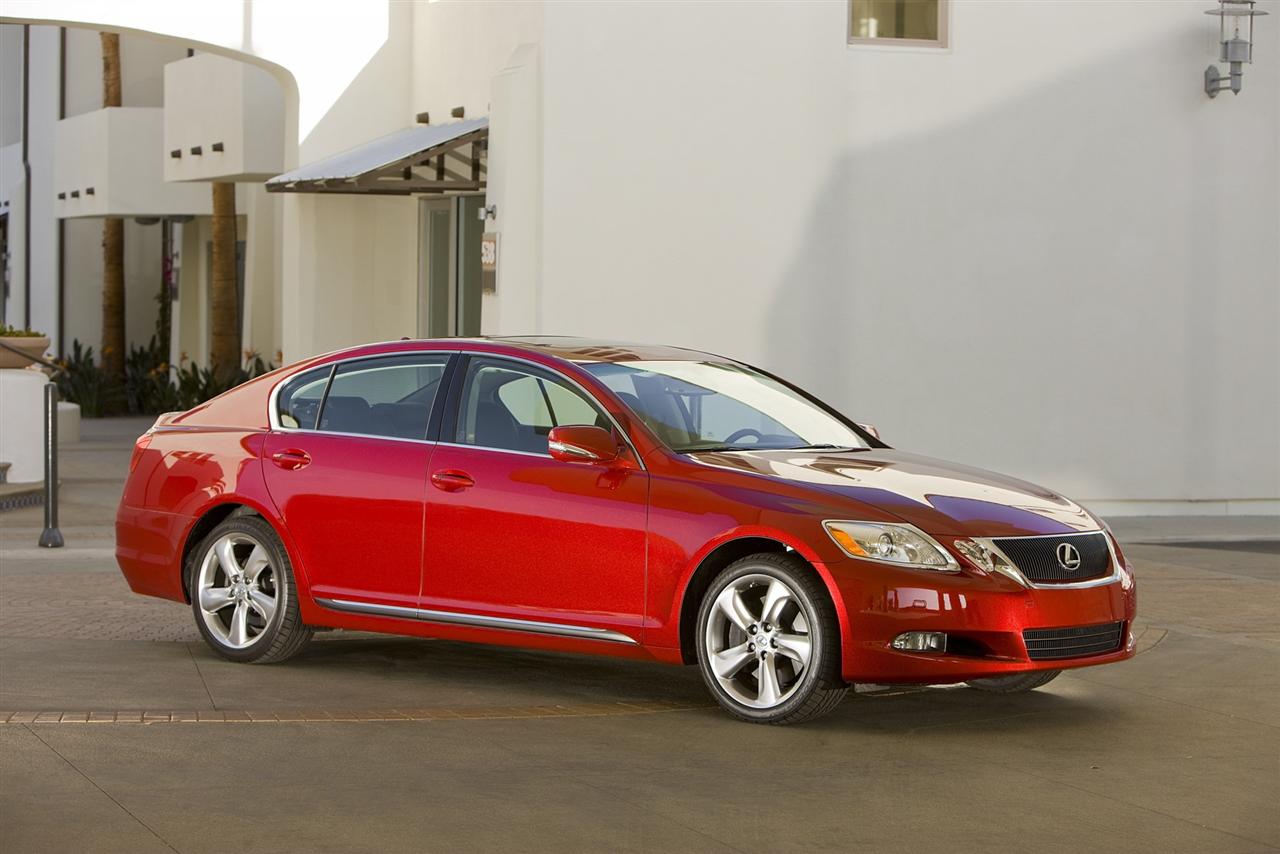2009 Lexus GS 460 Navigation
- 2009 Lexus GS 460 Menu
- Article
- Image gallery
- Specifications
Lexus
Similar Automakers
Similarly Sized Vehicles
from 2009
- Acura MDX
Acura TSX
Alfa Romeo 159
Alfa Romeo Brera Italia Independent
Alfa Romeo Brera S
Ariel Atom
Audi A4
Audi TT
Audi TTS
Bentley Continental GT
Lexus Monthly Sales Volume
September 2024
22,443
Recent Vehicle Additions
Performance and Specification Comparison
Related Automotive News

Toyota's Fourth Generation 2020 Highlander Redesigned From The Ground Up
SUV Offers Best-in-Class MPG for Hybrid and Largest in Segment 12.3 Multimedia Display
Best in Class Hybrid MPG with up to a manufacturer-estimated 36 combined MPG
Starting MSRP %2434,600
Bold, Chiseled New Design
New TNGA-K Platform Enhances Dr...

Lexus RX Drivers Now Have The Power Of Three (Rows)
New RX L provides luxury and logistical liberty
Choice of Six- or Seven-Passenger Models
Available with V6 Gas or Hybrid Powertrains
Power-Fold Third Row Seat Standard
Leather Trimmed Seating on First Two Rows and Tri-Zone Climate Control...

2016 Lexus RX Redefines Segment with Style, Ride Comfort and Luxury Utility
All-New Design Inside and Out For Premium Comfort and Expressive Styling
RX 350 Features 3.5L V6 With 295 Horsepower
RX 450h Hybrid Drive Produces 308 Total System Horsepower
Available Lexus Safety System Helps Bring Peace of Mind With Integrat...

The All-New 2016 Toyota Tacoma Mid-Size Pickup is Ready to Rock on ... and Off-Road
New V6 Engine, Transmission and Suspension Tuning
Most Powerful and Most Fuel Efficient Tacoma Ever
Legendary TRD Off-Road Toughness
Assembled in North America
Value Pricing
The Tacoma Dynasty rolls on! Rebuilt inside and out with an all-new po...

LEXUS IS SPORT SEDAN GETS REVVED UP IN 2016 WITH THREE AVAILABLE ENGINES
2.0L Twin-Scroll Turbocharged Gas Engine for New IS 200t
New 3.5L V6 Engine Provides More Options for All-Weather Drive with IS 300 AWD
Agile Handling Throughout IS Lineup
Available F SPORT Package Heightens Driving Experience
July 24, 2015...



















